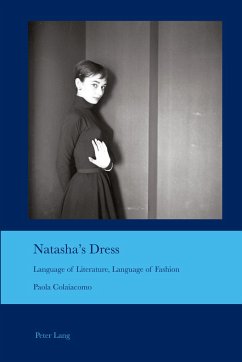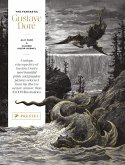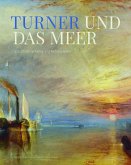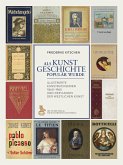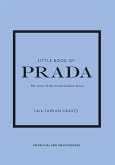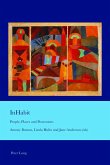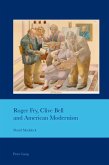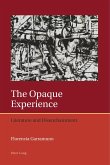Starting points of the research are Pirandello's One, no one, and one hundred thousand, where the protagonist's disowning of his own image in the mirror ignites a tragedy, and Roger Fry's essays on the resuscitation of Victorianism at the end of the First World War, where the phantasmagoria of time is identified as the basis for modern illusion.
Each chapter in the book explores a different facet of the same topic: the distance between self and image as the dispenser or destroyer of enchantment. This issue was actively pursued by philosophers (Benjamin), writers (Woolf, Mansfield, Fitzgerald), photographers (Man Ray, Cecil Beaton) and fashion critics (Vreeland). The evolution in fashion editing was meanwhile instructing the sophisticated readers of Vogue and Harper's Bazaar in the art of contemplating their own reflections in the mirror and seeing in them exactly what they wanted to see.
The Natasha of the title is Tolstoy's heroine, a secret spring of creative energy for Katherine Mansfield, and the source of one of Diana Vreeland's most perceptive insights into the nature of fashion.
«Colaiacomo provides fascinating new insights regarding fashion's relationship with modernism and the trauma of war.» (Valerie Steele, Director, The Museum at FIT and Editor in Chief, Fashion Theory)

